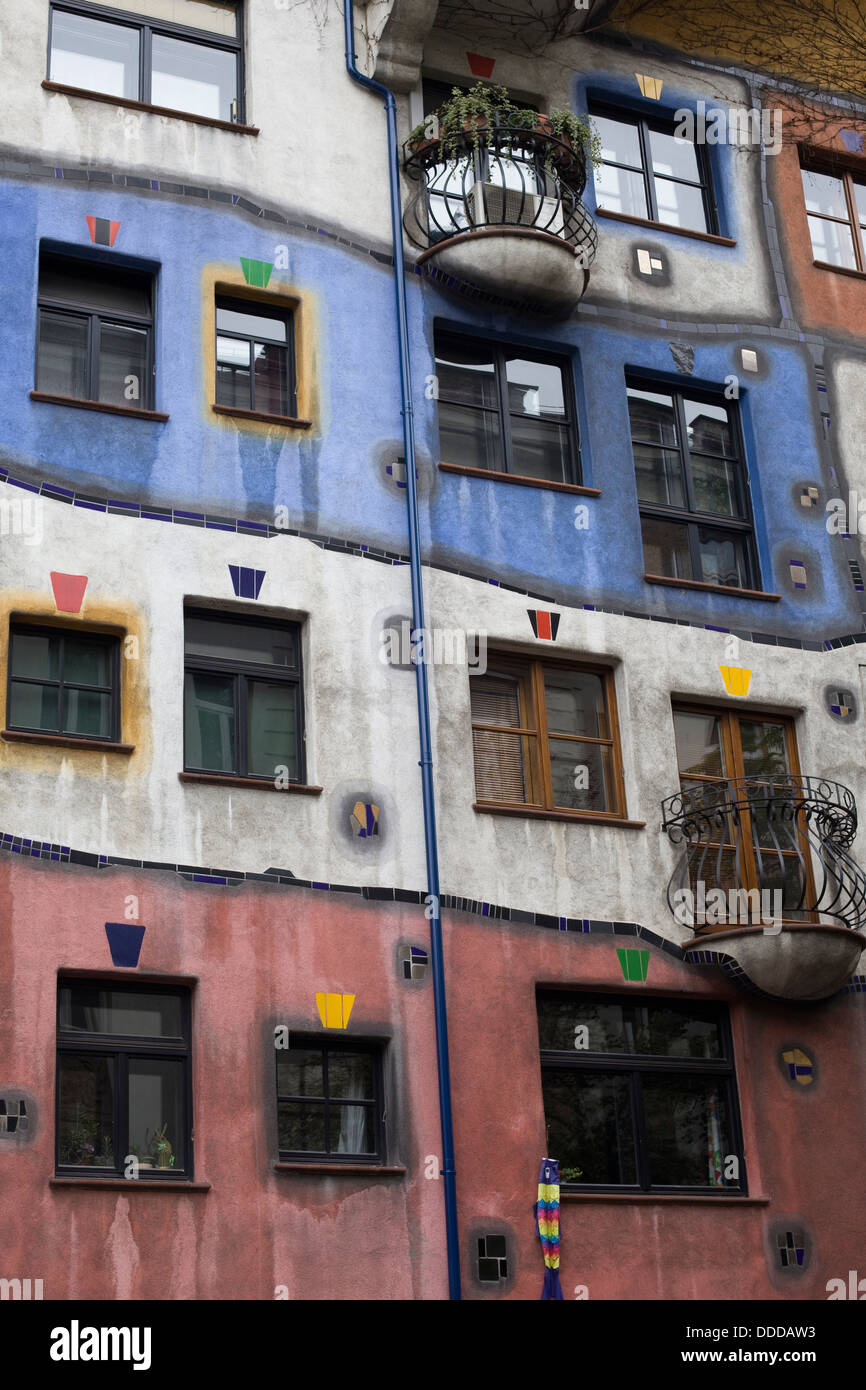
While housing costs in other cities continue to rise, Vienna stands out with its affordable housing options. This model has allowed many Vienna residents to enjoy a high standard of living with remarkably low rents. The city has developed a unique social housing model over the course of a century. However, there is a notable exception to this in Vienna, the capital of Austria. A large portion of the population in expensive cities will always struggle, working multiple jobs while still not having enough money for dining out or leisure activities.

It particularly affects young people, families, and seniors. This is a real problem that makes life difficult for many people who cannot afford a flat or have to spend most of their available money on housing. Living in these cities is difficult if you’re not very wealthy through your job or inheritance. In places like New York, San Francisco, London, or Paris, even 40% may not be enough to find a place. Any level of housing expenditure beyond 30% of a household’s income is usually considered too high. In most attractive cities, housing costs are constantly increasing. However, the most significant problem is often housing, whether it’s for buying or renting. Everything needs to keep up, including infrastructure and energy supply. The continuous growth of city populations, particularly in large cities, poses challenges. By 2030, this number is expected to grow further by 700 million to reach 5.2 billion, representing 60% of the global population. According to the United Nations, as of mid-2021, around 4.5 billion out of 7.9 billion people worldwide lived in towns or cities. The trend of people moving to cities, especially the largest ones in their countries or regions, is a global and ongoing phenomenon. Can Vienna serve as an example for other cities worldwide? Vienna has had a unique approach to social housing for over 100 years.

This week, the data takes us to Vienna, the capital of Austria. Hi, I’m Mirko, chairman and co-founder of Datawrapper.


 0 kommentar(er)
0 kommentar(er)
